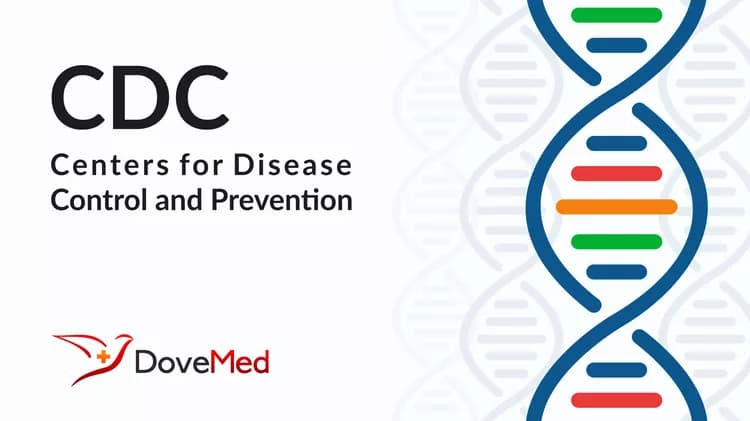
The Magnitude of Maternal Morbidity During Labor and Delivery, United States, 1993-1997
The Magnitude of Maternal Morbidity During Labor and Delivery, United States, 1993-1997
Overview
This is the first report of maternal morbidity during labor and delivery in the United States.
During the study period (1993-1997), almost 4 million women annually gave birth. About 43 percent of these women had some kind of maternal morbidity, which is defined as a condition that has an adverse impact on a woman’s physical health during childbirth, beyond what would be expected in a normal delivery.
Maternal morbidity is a serious public health problem affecting nearly 1.7 million women annually. It can have an impact on fetal and infant health and can lead to maternal death.
Much maternal morbidity is preventable, and many conditions can be managed to prevent death.
Methodology
Data for this study came from the National Hospital Discharge Survey, the major source of data on inpatient use of short-stay hospitals in the United States.
This study examined a total of 154,001 records of vaginal and cesarean deliveries, representing 19,081,038 deliveries during 1993-1997.
The study analyzed three categories of maternal morbidity:
obstetric condition—a condition caused by the pregnancy itself or by its management
preexisting medical condition—an underlying condition that may be aggravated by the pregnancy
cesarean delivery—a major surgical procedure
Key Findings
Overall, 30.7 percent of women who gave birth (nearly 1.2 million women annually) had an obstetric complication, a preexisting medical condition, or both.
Overall, 43 percent of women (nearly 1.7 million women annually) had some kind of maternal morbidity—this includes the conditions mentioned above plus cesarean delivery.
Of the 1 million women who had at least one obstetric complication, the most common problems were third- and fourth-degree lacerations, other obstetric trauma including cervical lacerations and pelvic trauma, preeclampsia and eclampsia, gestational diabetes, genitourinary infection, postpartum hemorrhage, and amnionitis.
The most common preexisting medical condition was chronic hypertension.
Even though some conditions were relatively rare, they nonetheless affected thousands of women. For example, only 0.1 percent of women experienced eclampsia during childbirth. However, that translated into nearly 4,000 women who had this life-threatening condition every year.
Implications and Potential for Prevention
The magnitude of the problem of maternal morbidity during labor and delivery is greater than has been recognized previously. This is the first study to describe the extent of the problem.
Even though the prevalence of any specific problem may be low, the overall burden of morbidity is high. Only 57 percent of women had a delivery with no maternal morbidity.
Primary prevention is possible for some complications. For others, the goal is appropriate management to prevent them from becoming severe or even life-threatening.
Continued monitoring of this problem is important. For example, as the average age of women who give birth rises, it will be helpful to track complications associated with preexisting medical conditions
National, state, and local policies should address the needs of women during pregnancy, including the gaps in prevention programs and research.
To request a copy of the article, call Kelly Carr at 770-488-5131.
# # #
CDC protects people's health and safety by preventing and controlling diseases and injuries; enhances health decisions by providing credible information on critical health issues; and promotes healthy living through strong partnerships with local, national, and international organizations.
Related Articles
Test Your Knowledge
Asked by users
Related Centers
Related Specialties
Related Physicians
Related Procedures
Related Resources
Join DoveHubs
and connect with fellow professionals

0 Comments
Please log in to post a comment.